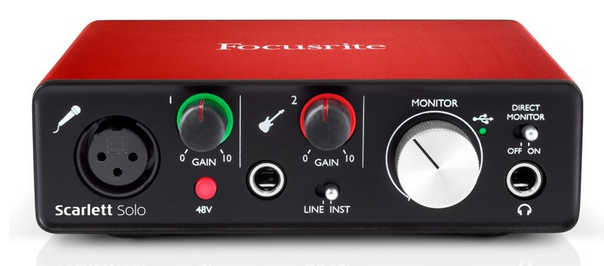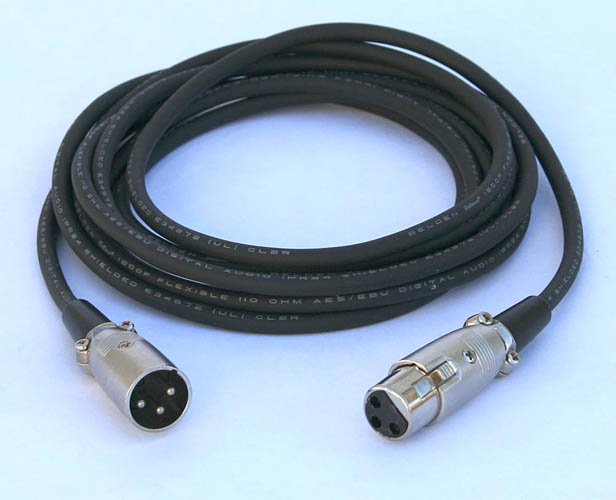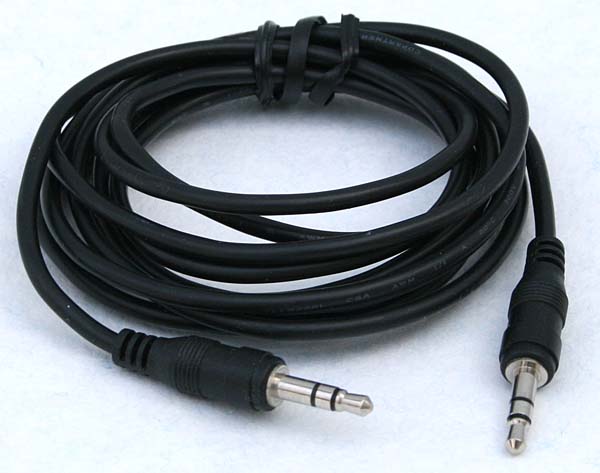It looks like you bought the wrong mic… 
Exelvan BM-800 microphone
I didn’t find the manufacturer’s specs (I wouldn’t expect much from a “cheap” mic.) But I found some pictures and this on Amazon:
1. 48V phantom power adapter is not included.
2. Not suit for mobile phone and tablet computer.
3.Please put the microphone away from the amplifier while recording to prevent noise recorded.
4. Connecting with desktop computer, it can be used separately; But if with laptop computer, > please connect to electrical outlet or use a 48V phantom power supply to make the sound much clearer and higher.
I don’t know what they mean by “connect to an electrical outlet”… PLEASE DO NOT ATTEMPT THAT!!!
And the mic input on a laptop is the same as the mic input on a computer with a soundcard, except some newer laptops/tablets have a different “combo” connector with mic & headphones combined, and that takes a different plug or an adapter cable.
The “pictures” show something that looks like a 3.5mm connector for a computer mic input. That kind-of implies it will work with a computer, but computer’s don’t supply 48V phantom power.
Stage/studio mics are low impedance balanced (3-wire) with an [u]XLR connector[/u].
Computer mics are unbalanced (2-wire) with a [u]3.5mm TRS connector[/u].
The two are NOT interchangeable! You might get some sound with a mismatched mic, but it’s not going to work properly.
Condenser mics require power. Dynamic mics (such as the famous Shure SM58 vocal-stage mic) do not require power.
Electret condenser computer mics get 5V from the soundcard. Virtually every “computer mic”, is this type of mic.
Studio condenser mics get 48V phantom power from the mixer, preamp, or interface. Some stage electret condensers have a built-in battery and some use phantom power.
There are very few high-quality computer mics, and the preamps built into regular consumer soundcards are often low quality and noisy.
If you want quality recording, you have a couple of options:
The simplest and easiest solution is a [u]“studio style” USB mic[/u]. A USB mic essentially has a “soundcard” built-in so your existing soundcard is not used. Some of these have a built-in headphone jack for direct-hardware monitoring so if you’re monitoring yourself with headphones while recording you don’t have to deal with latency (delay) through the computer. Another nice feature to look for is a volume/gain control.
The biggest downside to a USB mic is that you can only use one at a time. So no stereo or multitrack recording. And, you can’t use it with a mixer or PA system. And, some people complain of noise with “podcast” mics. Presumably this noise comes from the computer’s USB power, which is powering the preamp & ADC inside the mic.
The other alternative is a studio condenser mic and a [u]USB interface[/u] with the proper XLR microphone inputs. You can also get interfaces with zero-latency hardware-monitoring.






